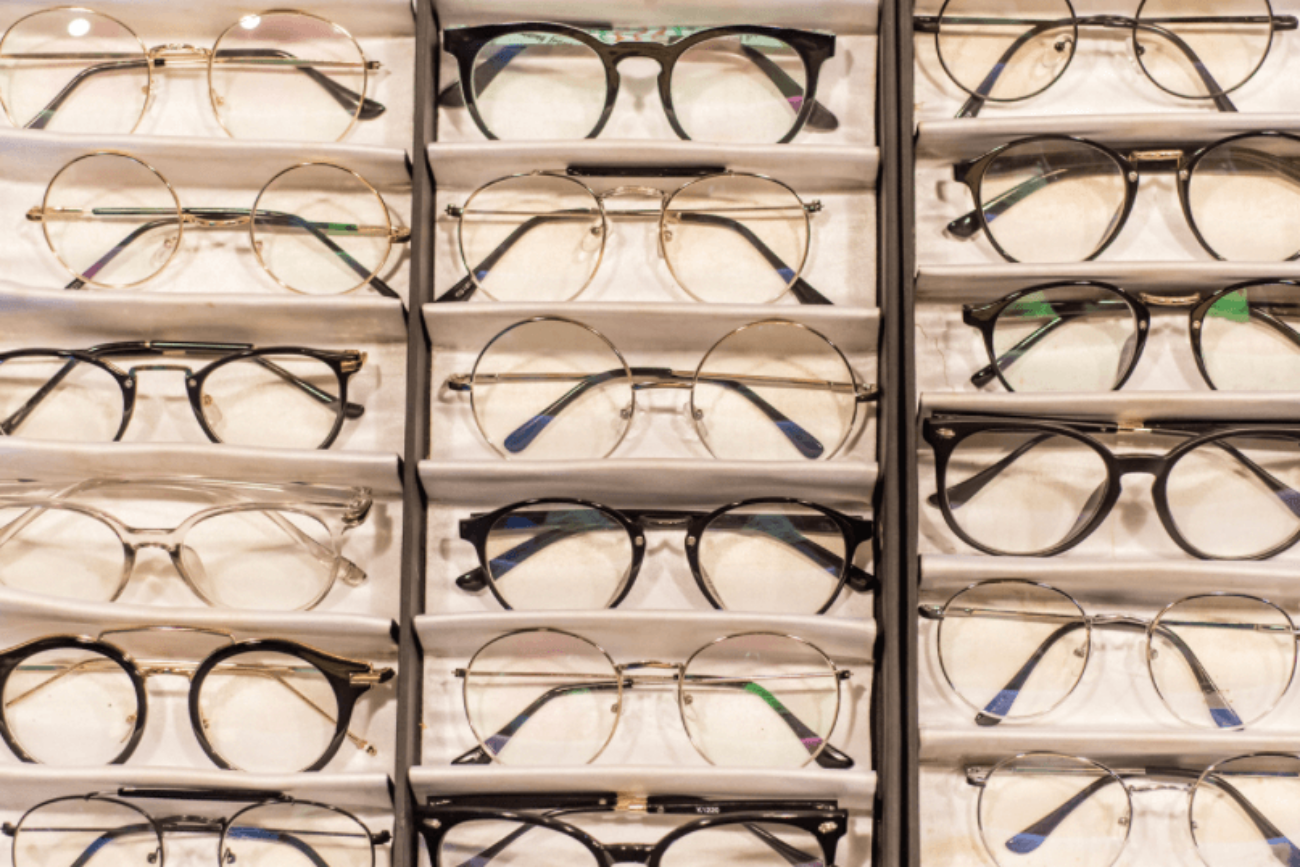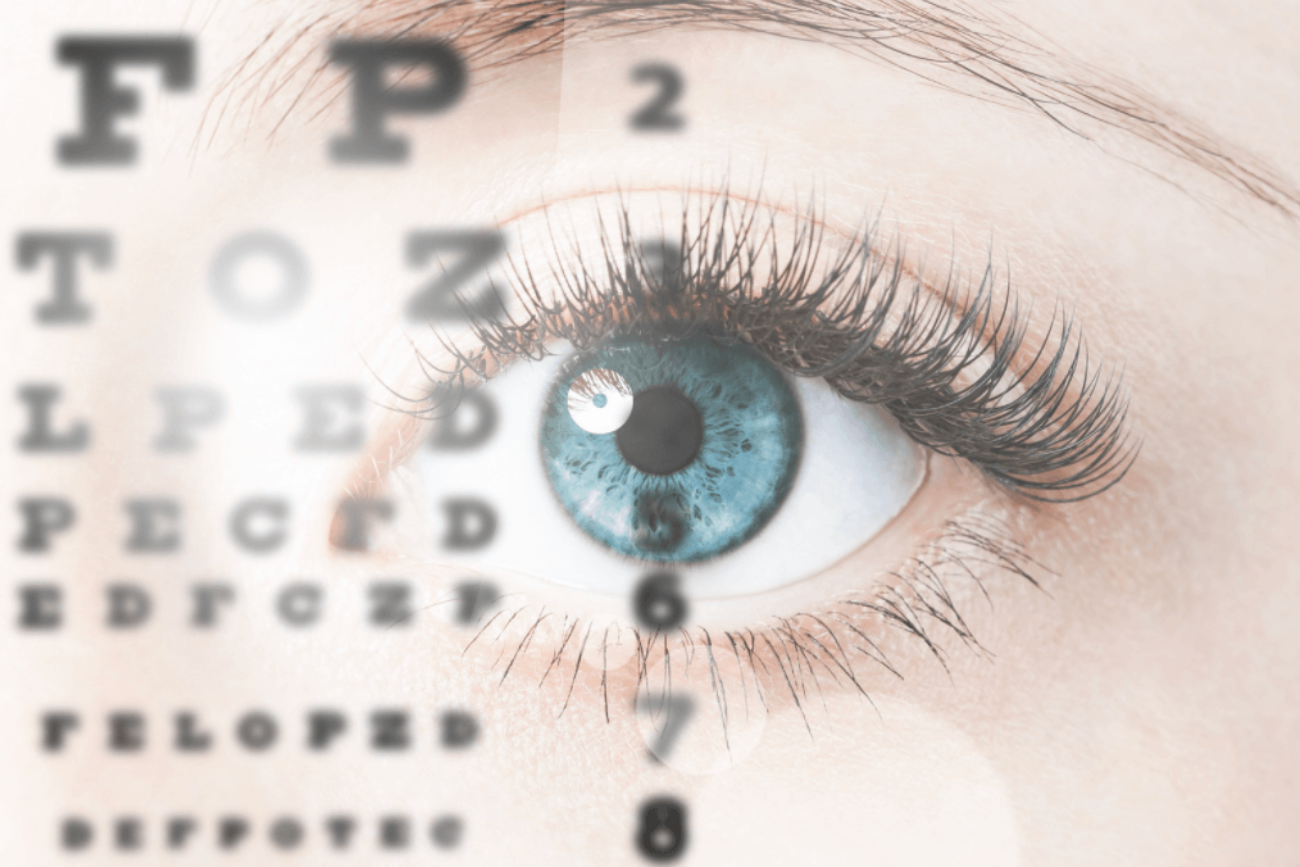Eyesight is one of your most important senses because your eyes allow you to connect with your surroundings, keep you safe, and help you remain mentally sharp. By protecting your eyes, especially as you age, you’ll reduce your odds of blindness or low vision while also staying on top of any developing eye diseases, like cataracts, glaucoma, or diabetic retinopathy. The sooner you discover and address an eye condition, the more likely you are to maintain healthy vision.
Let’s take a look at how we can properly take care of our eyes and get a better understanding of why it’s important to book those annual eye appointments.
"According to The Vision Council, having “less than perfect” vision isn’t as uncommon as you may think. About 75% of adults use some sort of vision correction, whether it be glasses or contact lenses. "
1. Make Annual Eye Exams
Many people put off eye exams because they have “good vision”, but good vision doesn’t necessarily mean you have perfect eye health. Many eye diseases may not have any warning signs until they are in their later stages. Discovering an eye condition in its early stages makes it easier to treat and gives you a better chance of remedying the issue.
If you don’t have any symptoms or vision problems, it’s suggested that you get eye exams based on your age. Adults ages 20-39 should have a comprehensive eye exam at least every two to three years as this age group is less likely to experience sudden or more rapid vision loss. Adults ages 40-64 should have a comprehensive eye exam at least every one to two years as the eyes go through continuous change during this time. Lastly, adults ages 65 and up should have annual exams as they are at greater risk of developing eye diseases and low vision or blindness.
However, if you have a family history of eye conditions or have symptoms of vision problems, you should consult your eye doctor and determine the right schedule based on your condition and needs.
2. Update Your Lenses
According to The Vision Council, having “less than perfect” vision isn’t as uncommon as you may think. About 75% of adults use some sort of vision correction, whether it be glasses or contact lenses. Eye conditions that require the need for glasses can include near-sightedness, far-sightedness, myopia, astigmatism, and more, all of which require a different type of prescription.
If you don’t wear glasses already, you may still be at risk of developing the need for them as you age. It’s also common for people to grow out of their current prescription lenses and require a stronger prescription. It’s recommended that you upgrade your pair of glasses every 1-3 years to maintain healthy eyes, clear vision, and ensure a proper fit. Upgrading your frames is a fun time to discover new styles and trends, which can add variety to your everyday look. If your old frames are still in good shape, keep them as a spare and you can pack them on trips and keep them in your nightstand or your car in case of emergencies.
3. Focus on Nutrition and Hydration
According to the American Optometric Association (AAO), adding vitamins, antioxidants, and minerals to your diet can help you improve your vision and maintain your eye health. Researchers have linked nutrients, such as lutein and zeaxanthin, vitamin C, vitamin E, and zinc, to reducing the risk of certain eye diseases like age-related macular degeneration and cataracts.
Therefore, you should add dark green leafy vegetables to your diet as well as other colorful fruits and vegetables like broccoli, corn, peas, persimmons, tangerines, oranges, grapefruit, strawberries, papaya, green peppers, and tomatoes.
Dehydration can cause dry eye and eye strain over time, especially when combined with avid digital screen use. Drinking plenty of water can help flush out excess salt in the body and properly hydrate your eyes to reduce eye strain. Resting the eye by blinking, shutting the eye, and taking breaks from digital screens can also help alleviate eye strain caused by dry eye or dehydration.
4. Know Your Family’s Health History
A family health history is a record of health information about your close relatives. A complete record includes information from relatives, including children, brothers and sisters, parents, aunts and uncles, nieces and nephews, grandparents, and cousins.
Knowing your family’s health history can help you determine your risk of eye disease or eye conditions. If multiple members of your family wear glasses take note and report it to your eye doctor—even better, report their specific diagnosis, if possible.
Many hereditary eye diseases won’t show symptoms until later in life and progress without any warning signs at all. Therefore, sharing your family health history with your eye doctor can help them identify any issues earlier, as they will know what to look for.
As mentioned, eye health is often overlooked as eye conditions develop slowly. But eye health can greatly affect your quality of life now and in the future. Therefore, it’s essential that you take precautions now, in order to protect your vision later on.
Inhale. We've got this. Exhale.
Understanding healthcare; with us, it’s personal.


